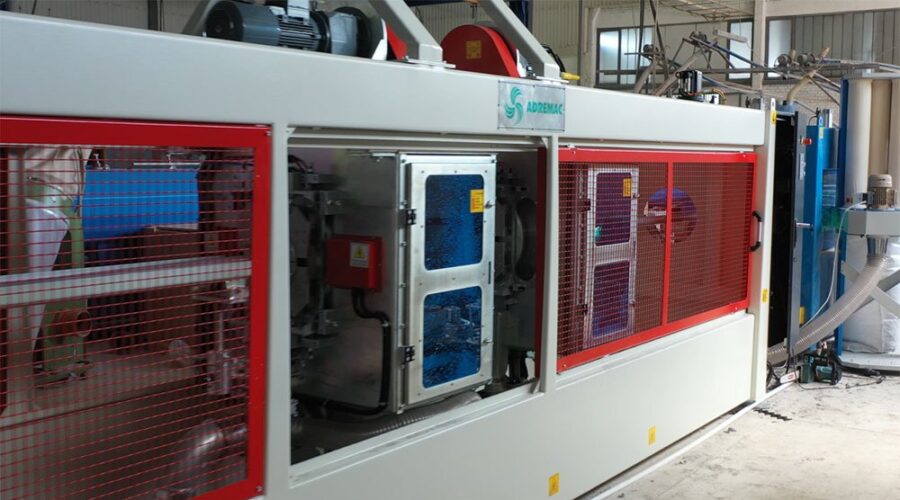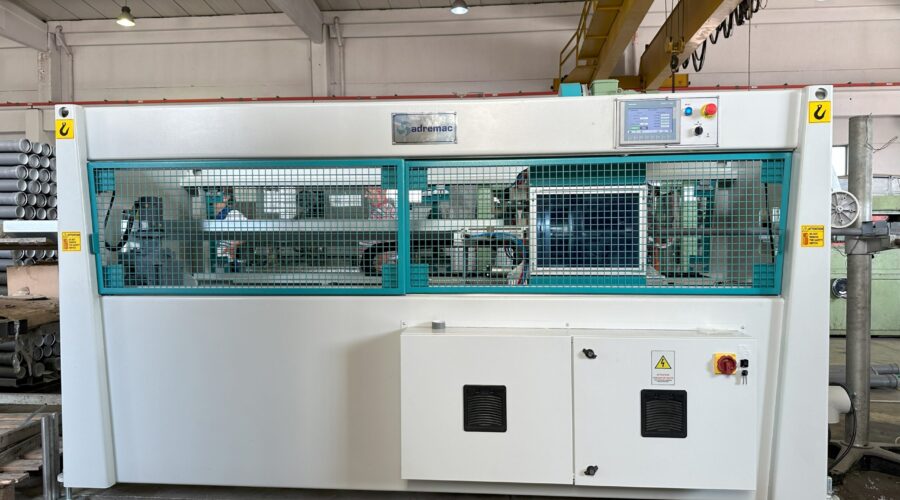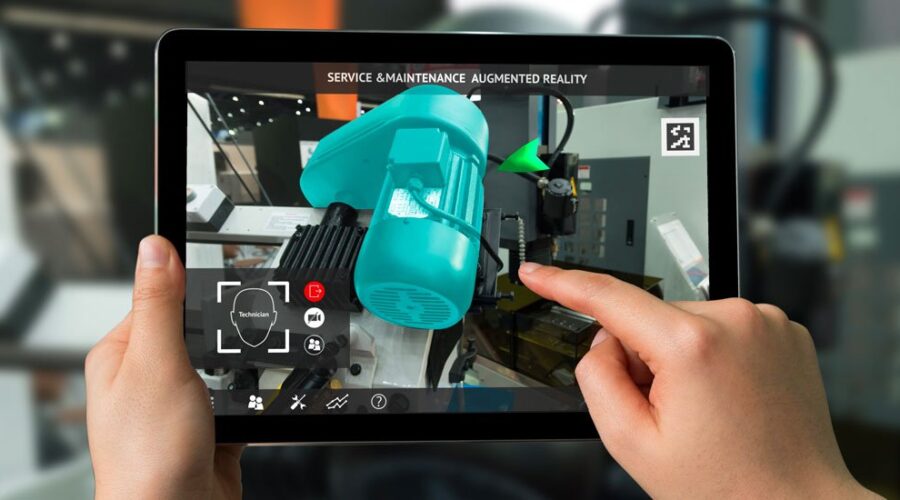In the world of pipe extrusion, achieving precision and efficiency during the cutting phase is crucial. Whether working with PVC, PE, or PP pipes, the type of pipe cutter used can significantly impact both the quality of the final product and the overall efficiency of the production line. In this comprehensive guide, we will explore the various types of pipe cutters available, their key features, and how they contribute to maximizing productivity and reducing waste in modern pipe manufacturing processes.
The Role of Pipe Cutters in the Extrusion Process
The pipe cutting phase in an extrusion line is not just about separating the pipes into desired lengths; it’s about ensuring that each cut is clean, precise, and efficient. High-quality pipe cutters can drastically improve the overall pipe extrusion process by maintaining the structural integrity of the material, minimizing waste, and reducing the need for rework.
Advanced pipe cutting systems, such as rotary cutters and planetary cutters, are equipped with features that allow for high-speed, high-precision cuts. These cutters are capable of operating at various speeds depending on the production needs and can handle pipes of different diameters and materials, including PVC, PE, and PP.
Precision Cutting: Why It Matters
Precision cutting is essential for maintaining the quality of pipes, especially in industries that require exact specifications for pipe lengths and dimensions. Inaccurate cuts can lead to issues during installation and use, causing delays and increasing costs. This is why precision in cutting is non-negotiable in large-scale manufacturing environments.
Technologies such as servo motor control allow for extremely accurate cuts, even at high speeds. This is particularly important for manufacturers who need to meet strict quality standards while keeping up with production demands. Additionally, chipless cutting and dustless chamfering are modern innovations that help reduce material waste and improve the overall cutting process. Chipless cutting eliminates the need for post-cut clean-up, while dustless chamfering ensures a smooth, clean cut without the creation of harmful dust particles, improving the workplace environment and making the process more eco-friendly.
Types of Pipe Cutters: Which One Is Right for You?
When it comes to choosing the right pipe cutter, several options are available depending on your specific needs. Below are the most common types of pipe cutters used in the industry today:
- Rotary Cutters
Rotary cutters are designed for high-speed cutting of pipes. They operate using a rotating blade that makes quick, precise cuts through the material. These cutters are ideal for large-diameter pipes and are widely used in the production of PVC, PE, and PP pipes. - Planetary Cutters
Planetary cutters feature a rotating mechanism that moves around the pipe as it cuts, ensuring an even and smooth cut. These cutters are especially useful for thicker-walled pipes where precision and smoothness are critical. They also allow for continuous cutting, which improves the overall efficiency of the production line. - Automatic Pipe Cutters
Automatic pipe cutters are equipped with advanced control systems, such as servo motors, which allow for automatic adjustments to the cutting speed and blade position. This ensures that the pipes are cut to the exact length required without any manual intervention, making them perfect for high-volume production lines.
Cutting Technologies That Boost Efficiency
Several modern technologies have been developed to improve the efficiency of the pipe cutting process. These include:
- Chipless Cutting: By eliminating the need for chips or debris during cutting, this technology reduces waste and ensures a cleaner work environment.
- Dustless Chamfering: Chamfering the ends of pipes without creating dust is essential for maintaining a clean production line and ensuring the pipes are ready for installation.
- Servo Motor Control: Using servo motors to control the cutting process allows for highly precise cuts, even at high speeds, ensuring consistency across the production line.
Maximizing Production Efficiency with the Right Pipe Cutter
Selecting the right pipe cutter for your specific needs is critical for ensuring efficiency in your production line. High-precision tools reduce material waste, improve cut accuracy, and minimize downtime caused by machine maintenance or faulty cuts. In industries where production capacity and product quality are essential, the choice of a pipe cutter can make or break the success of your operation.
By investing in high-quality cutting equipment, manufacturers can meet strict quality standards, minimize waste, and reduce overall production costs. Additionally, advanced cutting systems like automatic cutters with servo motor control allow for faster production without compromising on accuracy or quality.
Conclusion: Why Precision Matters in Pipe Cutting
Precision is the foundation of efficiency in the pipe extrusion industry. Whether you’re working with PVC, PE, or PP pipes, choosing the right pipe cutter can make a significant difference in your production process. By understanding the various types of cutters available and how they impact your production line, you can make informed decisions that will boost both the quality of your product and the efficiency of your manufacturing process.
Investing in technologies like chipless cutting, dustless chamfering, and servo motor control ensures that your production line remains competitive, efficient, and sustainable in the long run.




